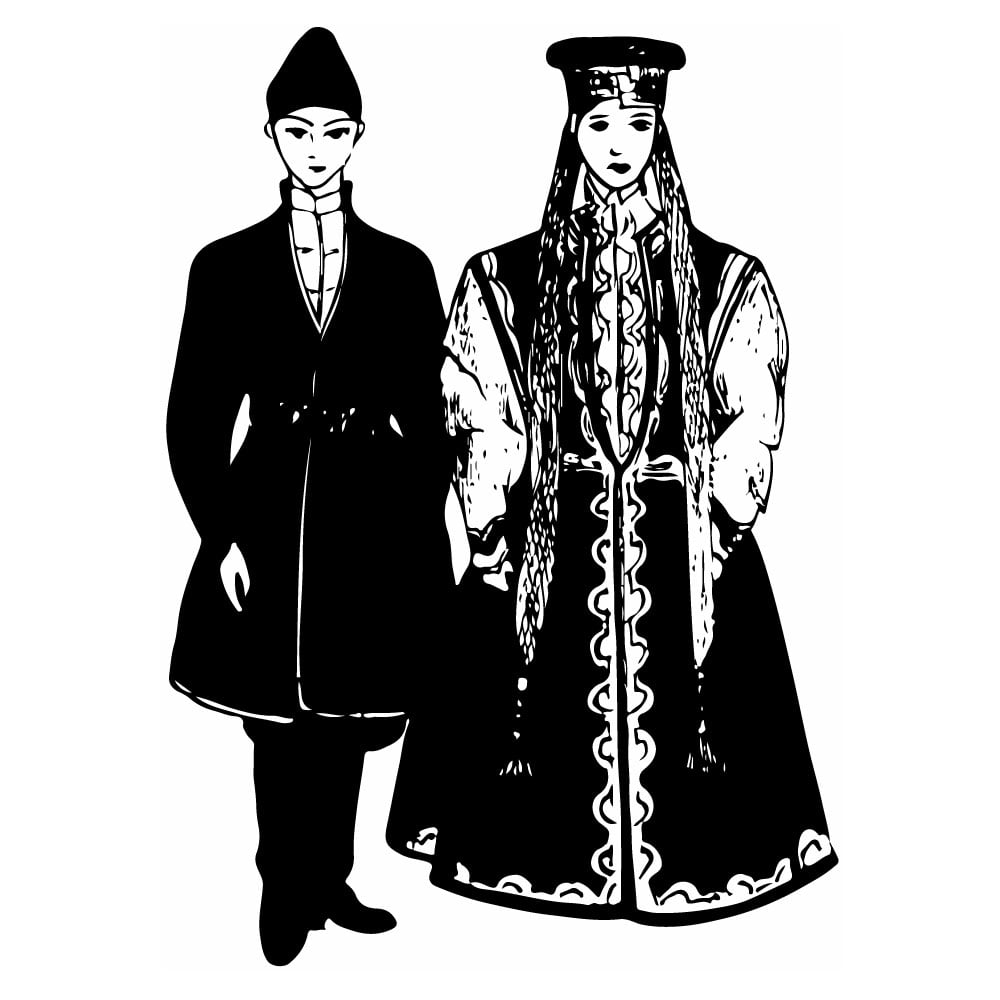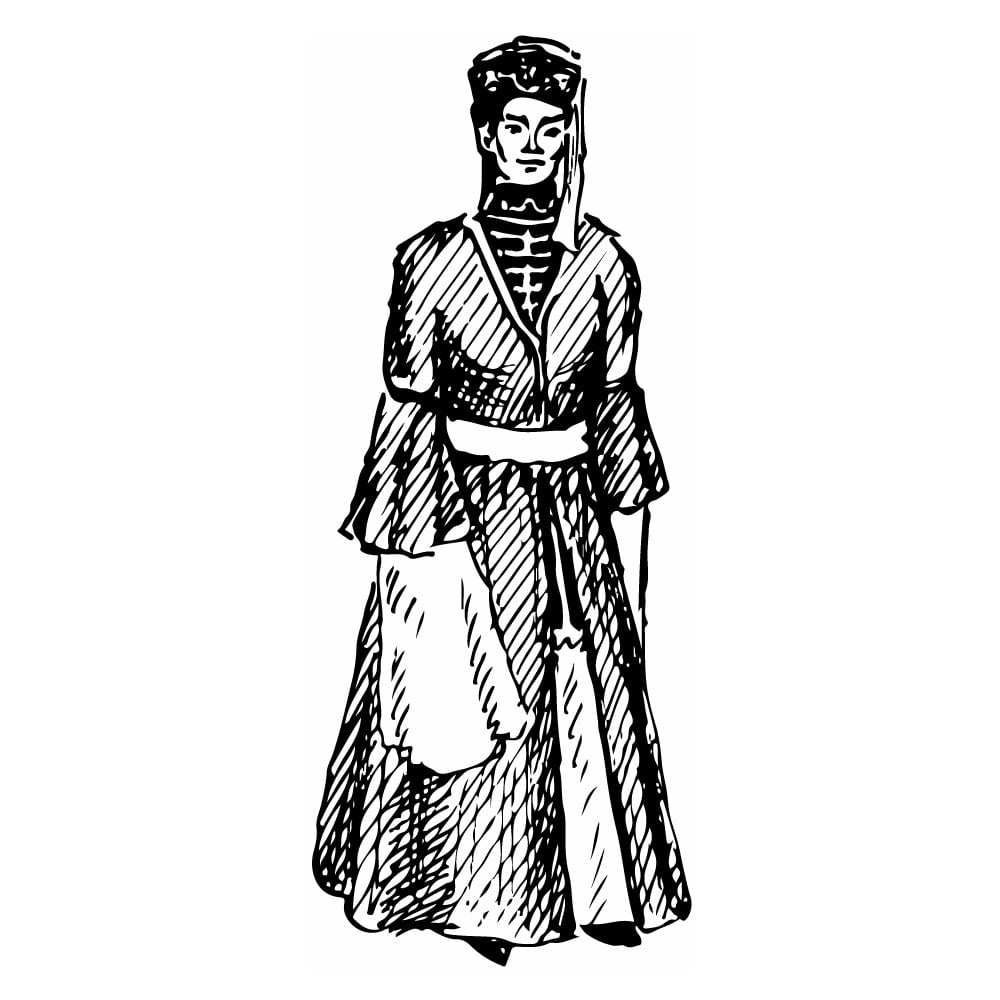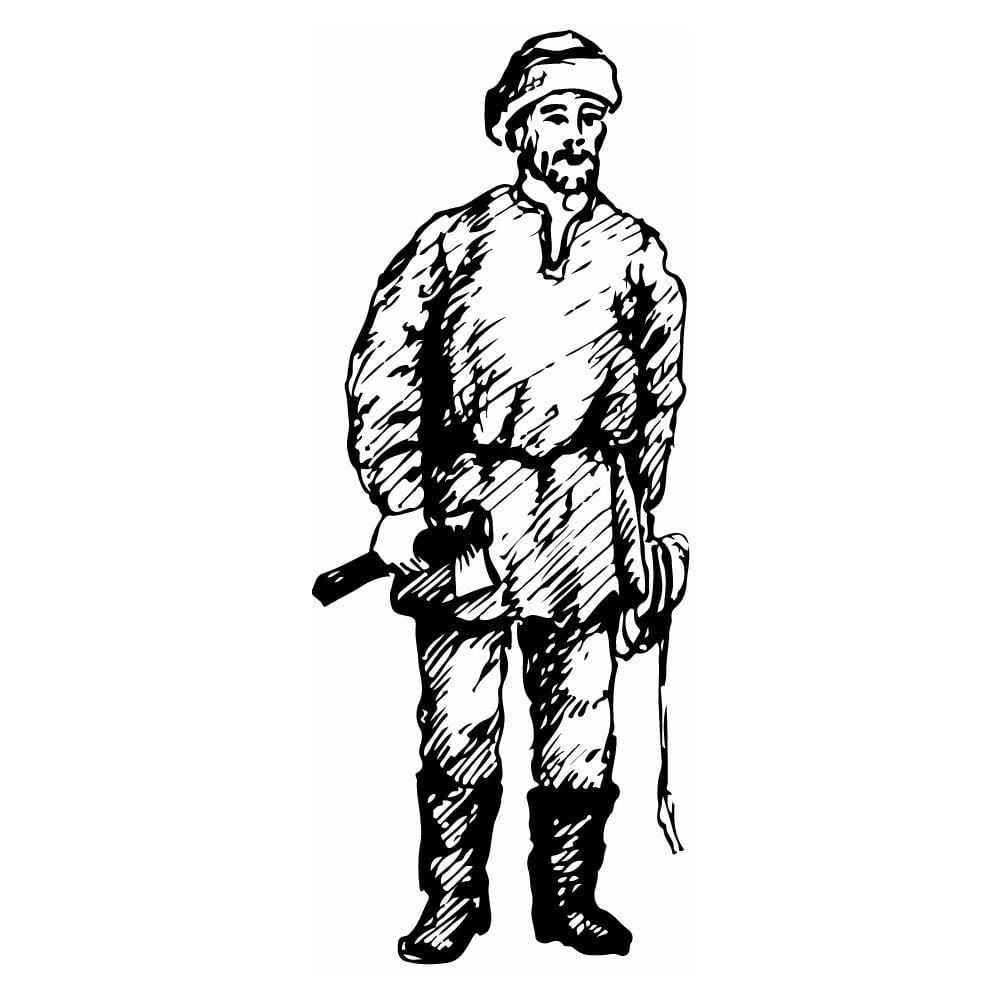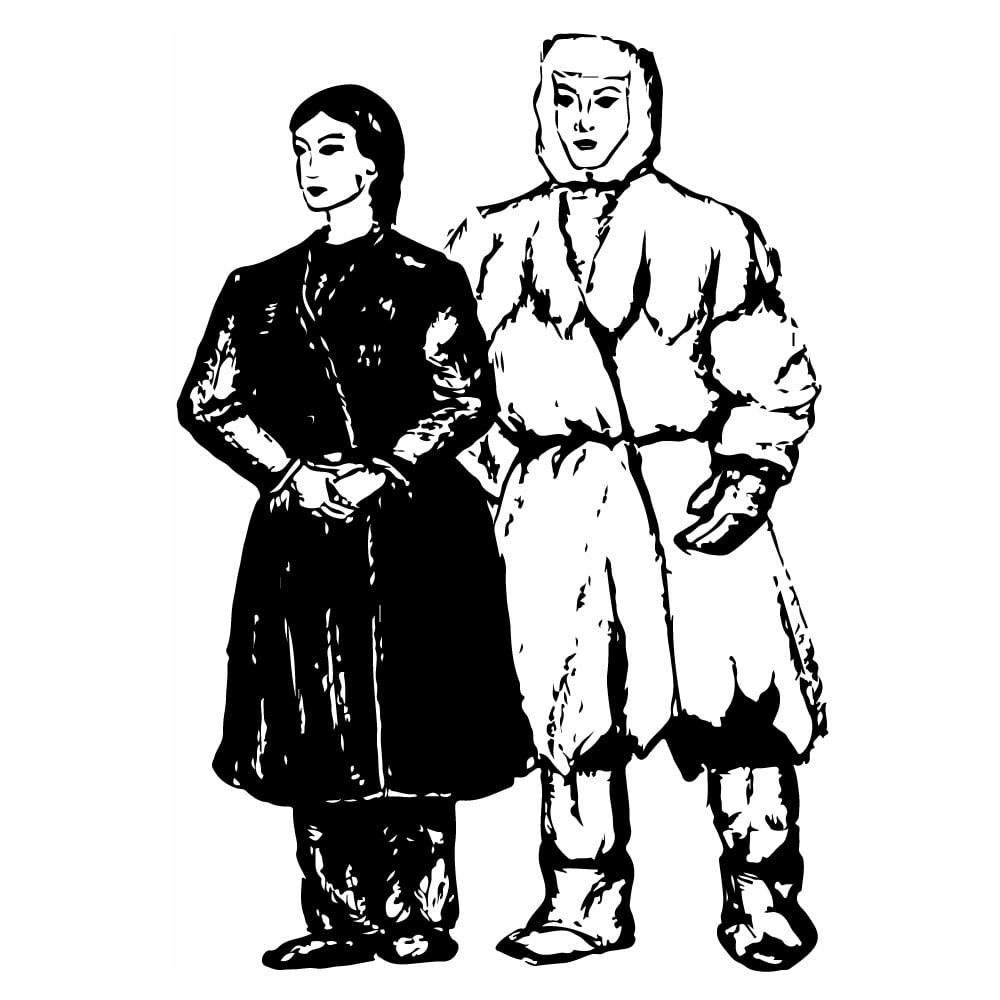Chuvash
| Population | 1,842,800 |
| Language group | Bulgar Group of the Turkic languages |
| Language | Chuvash |
| Region | The Chuvash Autonomous Republic, Siberia, Central Asia, Tatarstan |
| Capital | Cheboksary |
| Religion | Christianity |
*Population estimates for 1994
The tribes of the Volga-Kama Bulgars played the main role in the ethnogenesis of the Chuvash. At least, this is the prevailing point of view of all historians. In the first millennium BC, these Turkic-speaking tribes inhabited the forest and steppe districts on the right bank of the Volga River and later merged with the local Finno-Ugric tribes. In the fifteenth century, the Chuvash lands were annexed to Kazan Khanate.
On the whole, the Chuvash nationality was formed by the fifteenth century. The Chuvash consist of two main ethnic groups. The so called Upper Chuvash (Viryal) in the northwestern part of the Chuvash Republic and the Lower Chuvash (Anatri) in the northeastern and southern parts of the country. The intermediate territories are inhabited by the Middle-Lower Chuvash (Anat Enchi). In 1551, Chuvashia (the state of the Chuvash) was annexed to the Russian state. At present, it is a part of Russian Federation.
The techniques of agriculture, trades, and many elements of material and spiritual culture have been inherited by the Chuvash from their Bulgar ancestors. From the Russians, they borrowed house design, clothing, and other cultural items. In spite of their continuous dependence on invaders, the Chuvash have preserved their language, culture, rich folklore, music, and applied art.
Chuvash believers are Orthodox. Tribal cults were the main pre-Christian (up to the middle of the eighteenth century) religion of the Chuvash. Cult practices connected with Chuvash religious ideas ascribed the specific character to the household of the people. With strong belief in the force of fire, the Chuvash used it to cure people. They organized whole ceremonies for just that reason. On the verge of the nineteenth to twentieth centuries, each family had a small bark box where they kept twigs, a Yerekh, branches, and dolls who embodied the spirits. When girls got married, they were allotted a part of the family Yerekh that was later added to the Yerekh of her own family.
Traditional folk arts were presented by choir singing, embroidery, artistic weaving, and wood carving. National motives are present in Chuvash clothes that incorporated ornaments and embroidery. They were also decorated with coins and glass beads. At present, they do not usually use national clothes; however, one may see them on holidays and festivals.
This is Ad 1





























